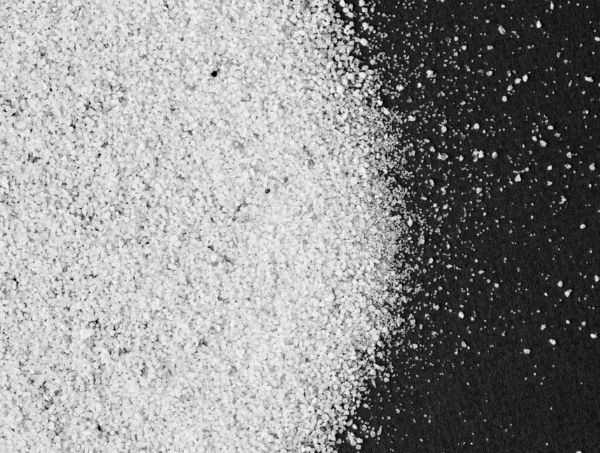When growing crops, many problems can arise, most of them caused by multiple invading species that attack the crops. To avoid them, products such as diatomaceous earth are very useful. This compound has many uses and is of great benefit to the soil. This natural fertiliser is characterised by its white colour. In the following, we will detail what diatomaceous earth is and how to use it.
Diatomaceous earth or diatomite
Diatom algae belong to the marine phytoplankton, they are unicellular and fossilized. Today, about 20,000 living species are essential for maintaining the marine food chain. These single-celled algae can form star-shaped colonies, zigzag structures, or fans.
Among the characteristics of diatoms are their cell walls of opaline silicon, a type of hydrated silicon dioxide, also known as frustule. This is the element that establishes this fertiliser’s properties. In addition, these organisms are frequently used for research on specific environmental conditions, climate change or water quality.
What is diatomaceous earth?
Diatoms have been forming marine phytoplankton for thousands of years. Indeed, they appeared in the early Jurassic period during prehistoric times, not only in the sea but also in fresh water. So when the diatom died, the frustule remained in the sediment.
As the seas and lakes dried out, they settled to the bottom, accumulating soil stumps over time and fossilising the silica exoskeletons. It is common to find diatoms under several soil stumps in various environments where there was once a sea. This soil has a whitish colour, caused by its high organic silica content.
The frustules are considerably porous, as is the soil that contains them, which results in the retention of mineral salts, metals, organic matter and even water on the surface; therefore, perfect for crops.

Diatomaceous earth composition
Diatomaceous earth is composed of more than 40 mineral nutrients, of which 3 main ones are nitrogen, phosphorus and potassium. Indeed, it is an ideal fertiliser for various sustainable cannabis crops and plants. Other nutrients also present are:
- Silicon
- Calcium
- Calcium carbonate
- Magnesium
- Aluminium
- Potassium
- Iron
- Calcium sulphate
- Phosphorus
- Chlorine
What is the use of diatomaceous earth for cannabis crops?
Some of the best-known uses are :
Acts as an ecological insecticide
One of the main uses is to eliminate insects that can harm crops, especially in hot climates. This substance is safe and natural and does not damage plants. In addition, unlike chemical insecticides, they do not develop resistance and therefore do not lose their effectiveness over time.
If used as an insecticide, it absorbs the lipids of the outer strain of the exoskeletons of many insect species by dehydrating them.
Used to condition the soil
When growing cannabis, you want the best soil for your plants. With diatoms, you will increase the moisture retention in the substrate, containing a large amount of liquid that helps to dry more slowly. This natural additive also helps to retain nutrients and improve oxygenation while increasing sponginess. In addition, it contains micronutrients so that the plants can better assimilate these elements such as phosphorus, nitrogen, and potassium.
Promotes plant stability
It releases nutrients so that they are available when the plants need them, thanks to the silica content of diatomaceous earth. When plant tissue assimilates silica, it helps improve the its ability to receive more nutrients when activated. It also provides greater stability, resulting in higher yields.

How to use it?
Diatomaceous earth can be applied to the crop as a foliar application or through irrigation water. Products such as Diatical Diatomaceous Earth are ideal for all stages of development. It can be used in two ways:
- To prevent: add 10 g per litre of water.
- To treat: add 20 g/L, once a week.
Although it is a non-toxic substance, its use can irritate the skin and eyes, as well as the nose or throat if inhaled. Continued exposure to this type of substance can lead to serious health problems, including respiratory problems.
All growers are looking for the best for their plants, so it is important to understand what diatomaceous earth is, its characteristics, and how to use in cannabis crops to achieve excellent results.
 Personalized attention +34 96 206 62 98
Personalized attention +34 96 206 62 98 Free shipping to Iberian Peninsula from 30€
Free shipping to Iberian Peninsula from 30€ 9/10 Rating
9/10 Rating Discreet shipping
Discreet shipping









